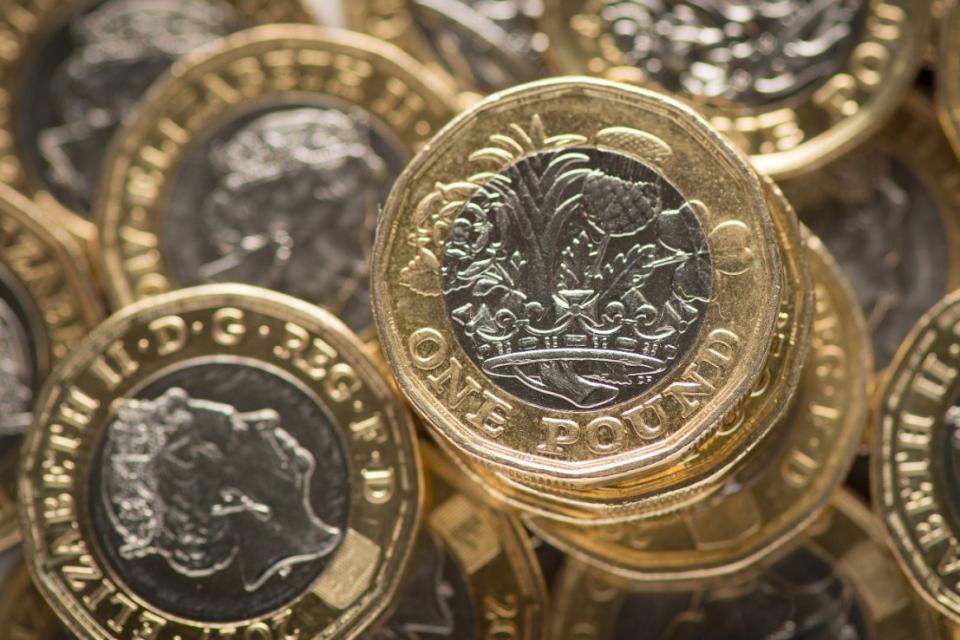Pound edges above $1.30 as Fed expected to cut rates in September

The pound crept above $1.30, its highest level in just over a year, as markets pile on bets that the US Federal Reserve will cut interest rates in September.
Sterling was trading around $1.302 early on Tuesday afternoon and traders will be watching carefully to see if it can build on its momentum.
The pound has not traded above $1.30 on a sustained basis since mid-2022. However, in recent weeks it has climbed against the dollar as investors grow increasingly confident that the Fed will cut interest rates in September.
Traders have fully priced in a rate cut next month with CME’s Fedwatch suggesting there is a 25 per cent chance of a 50 basis point cut.
The odds of a rate cut have climbed rapidly in recent weeks amid increasing evidence that the US economy is losing pace.
Jobs figures out at the start of August showed that unemployment had increased to its highest level in three years sparking fears that the Fed had waited too long to cut rates.
Data out since then has eased concerns about a potential slowdown, but Fed officials have still suggested a rate reduction is likely. Speaking earlier this week, Neel Kashkari, president of the Minneapolis Fed, said “the debate about potentially cutting rates in September is an appropriate one to have”.
The focus this will be Jerome Powell’s comments at the Jackson Hole Symposium on Friday. Mohit Kumar, an analyst at Jefferies, said Powell would likely provide “a sense of calm”, indicating that a rate cut is likely, but there is “no need to panic”.
“He would likely acknowledge the slowdown in the employment picture but indicate that the broader economy still remain resilient,” Kumar said.
While the Bank of England has cut interest rates already, rate-setters have stressed that they will be careful going forward. Following the decision earlier in August, Governor Andrew Bailey stressed that the Bank must be careful “not to cut interest rates too quickly or by too much”.
The case for caution has been bolstered by surprisingly strong economic growth. Figures out last week showed that the economy grew 0.6 per cent in the second quarter of the year, continuing the UK’s strong performance so far this year.
Markets currently expect only one further rate cut this year, which should also support the pound. Higher interest rates tend to boost domestic currencies because investors can get a greater return on their investment.
Alongside a more gradual rate cutting cycle, Chris Turner, head of FX strategy at ING, said one underrated factor which might help explain sterling’s strength is M&A activity. So far this year, the UK has been the target region for over $200bn worth of deals.
“We may be underestimating…the demand for sterling coming through merger and acquisition activity,” Turner said. “We suspect M&A may be one of the reasons why sterling is staying a little stronger than our baseline forecasts”.